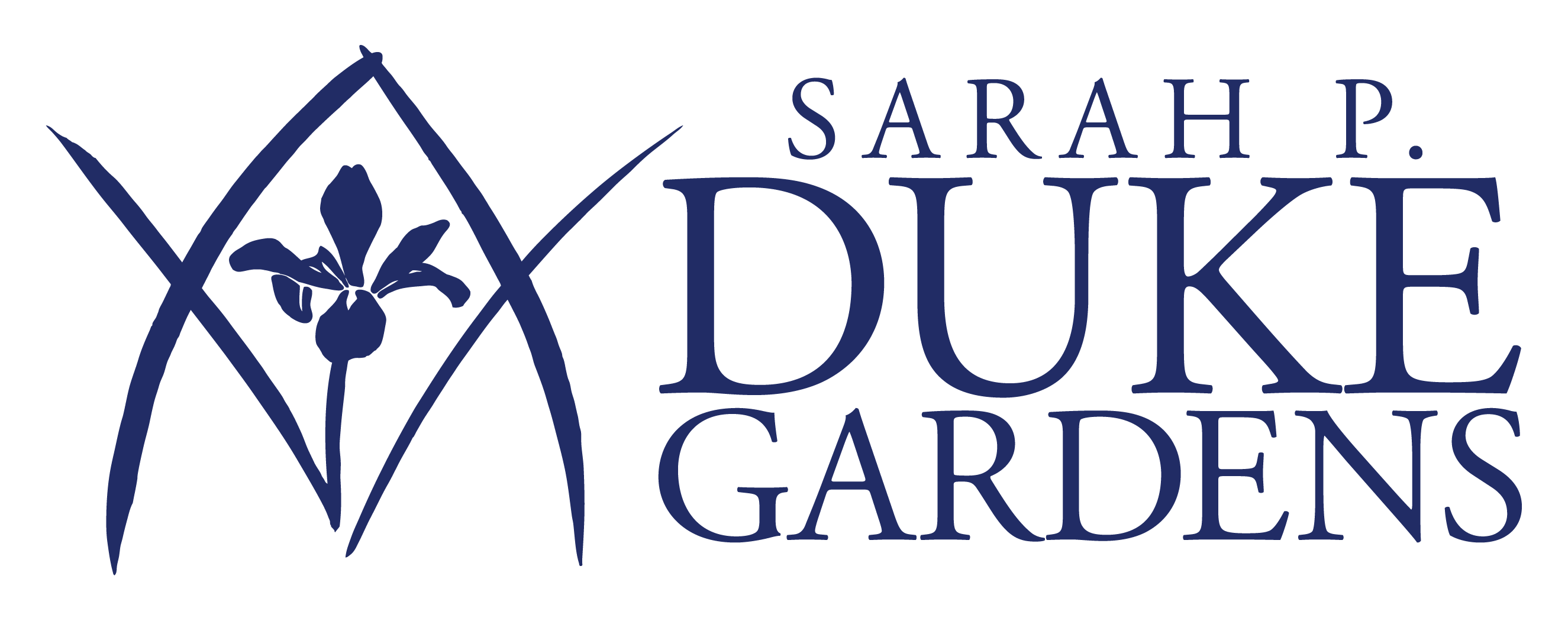
Photo by William Hanley.
Botanical name: Cercis candensis
Common name: Eastern redbud
Family name: Fabaceae (Pea Family)
Native range: Eastern North America
Location in Duke Gardens: Historic Gardens, Blomquist Garden of Native Plants
USDA Hardiness Zones: 4-9
It’s easy to pick out eastern redbud (Cercis canadensis) in the spring—just look for the purple! For several weeks in March and April, the branches—and occasionally the trunks—of this North American native tree are covered with dense clusters of tiny purple flowers that resemble miniature sweet peas. From a distance, however, all you’ll see is purple, purple, purple—a perfect introduction to this common and ubiquitous plant.
As the shape of their flowers attests, redbuds are indeed members of the Fabaceae, or pea family. Like many plants in this group, redbuds have papilionaceous or butterfly-like flowers, with a large single upper petal known as a “banner,” flanked by two smaller petals known as the “keels,” which contain the reproductive organs. This arrangement makes it easy for visiting pollinators to push aside the keels and reach the nectar and pollen contained within. Because redbuds bloom so early in the year, with thousands of flowers per plant, they are an excellent pollinator plant for butterflies and native bees, and they serve as the larval host plant for at least 12 species of butterflies as well.
Even after its flowers fade, redbuds remain remarkably easy for even novices to identify. Their heart-shaped leaves are unmistakable among our local flora, as are the flat dried “pea pods” that develop over the summer and fall and persist into the winter. Redbuds develop a more uniform habit in the sun and a more open and picturesque one in shade, with wild specimens frequently leaning to better to catch the surrounding sunlight.
The eastern redbud is found growing wild throughout the eastern United States, often in the company of another showy spring favorite, flowering dogwood (Cornus florida). Both trees occupy similar niches as small trees or large shrubs taking advantage of canopy gaps in the woodland understory, or as larger individuals on the edges of forests and fields. In addition, redbuds can also form dense, multi-stemmed shrubs. In some years, the redbuds and dogwoods bloom at the same time; in other years, the redbuds bloom first, with the dogwoods coming a few weeks later.
Because redbud seedlings quickly develop a large taproot, redbuds transplant poorly and must either be planted young or left to grow in place. Here at Duke Gardens, you’ll find eastern redbuds in every section of the Gardens. Sharp-eyed visitors will also spot the eastern redbud’s close relative, the Chinese redbud (C. chinensis), particularly in the Culberson Asiatic Arboretum. Although the two species are very similar to each other, Chinese redbud flowers tend to be larger and darker than their native counterparts and this effect may be amplified even further in selected cultivars.
Unlike many trees that only have a brief period of glory before fading into obscurity, the eastern redbud’s reign lasts for many weeks, as new flowers open to replace the ones that had fallen. Even after the spring show is over, it remains beautiful, adaptable and vigorous—easily one of the finest native trees in our region.
